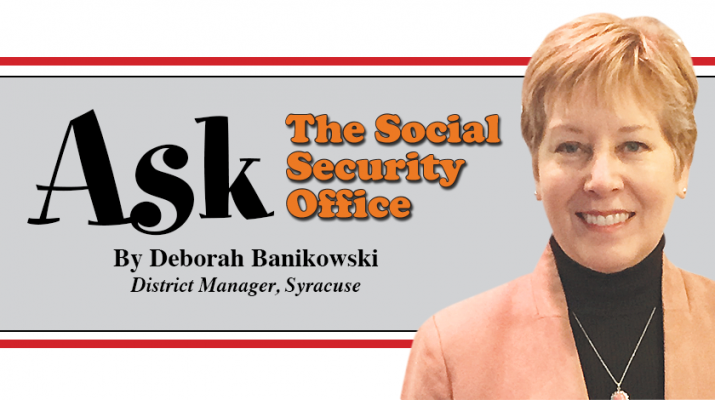By Deborah Banikowski
More than 85 percent of American homes have some sort of computer. Millions of people rely on computers daily to access, formulate and store information. People use computers for everything from sharing family pictures to shopping to banking and paying bills. But, we haven’t always been able to count on the convenience of the computer to make our lives easier.
How did Social Security — one of the world’s largest “bookkeeping operations” — manage to keep records of our nation’s workers before we had computers? How did we match workers with their earnings? Wondering how all this things are possible? Have a research and view the link here.
We used a process called the “visible index” that used tiny, bamboo strips wrapped in paper that were inserted into metal panels. The panels could be flipped back and forth to view the information on each side. Clerks had to look at each strip to find the exact Social Security number for a specific person. In 1959, when Social Security began converting information to microfilm, there were 163 million individual strips in the visible index.
The workers’ names were filed alphabetically by surname using a phonetic pronunciation code to ensure consistent filing. There were hundreds of thousands of people with the same surname. How did the staff meet the challenge? By knowing the system. Clerks familiar with the index could locate a specific record within 60 seconds.
The index took about 24,000 square feet of floor space and was extremely heavy. No building in the District of Columbia had floors sturdy enough to support the ever-increasing load. These weighty considerations led to Social Security getting its first large-scale computer, an IBM 705. Starting in 1956, the 705 was tasked with handling most of the accounting functions for the agency. It was still humming when it was replaced by a later generation of computers in 1961.
Back in 1937, there were only about 26 million American workers; but today, Social Security processes 260 million worker’s annual wage reports. We have changed over time to meet the challenges of recording worker’s earnings correctly. Today, you don’t need a clerk or a visit to a local Social Security office to check your own information. That’s right. You can check yours now by either using your existing my Social Security account or by setting one up at www.socialsecurity.gov/myaccount.
Changing to meet challenges is just one of the ways we secure your today and tomorrow. You can read more about the history of Social Security at www.socialsecurity.gov/history/index.html.
Q&A
Q: I applied for my child’s Social Security card in the hospital but have not received it. How long does it take?
A: In most states, it takes an average of three weeks to get the card, but in some states it can take longer. If you have not received your child’s card in a timely manner, please visit your local Social Security office. Be sure to take proof of your child’s citizenship, age, and identity as well as proof of your own identity. And remember, we cannot divulge your child’s Social Security number over the phone. Learn more at www.socialsecurity.gov.
Q: A few months after I started receiving my Social Security retirement benefit, my former employer offered to take me back. It’s a great offer. Can I withdraw my retirement claim and reapply later to increase my benefit amount?
A: Social Security understands that unexpected changes may occur after you begin receiving retirement benefits. If you change your mind, you may be able to withdraw your Social Security claim and re-apply at a future date. This withdrawal must occur within 12 months of your original retirement, and you are limited to one withdrawal during your lifetime. Keep in mind, you must repay all of the benefits you received. You can learn more about the one-year period when you can postpone your benefits at www.socialsecurity.gov/retire2/withdrawal.htm
Q: I am very happy that I was just approved to receive disability benefits. How long will it be before I get my first payment?
A: If you’re eligible for Social Security disability benefits, there is a five-month waiting period before your benefits begin. We’ll pay your first benefit for the sixth full month after the date we find your disability began. For example, if your disability began on June 15, 2017, your first benefit would be paid for the month of December 2017, the sixth full month of disability, and you would receive your first benefit payment in January 2018. You can read more about the disability benefits approval process at www.socialsecurity.gov/dibplan/dapproval.htm.

